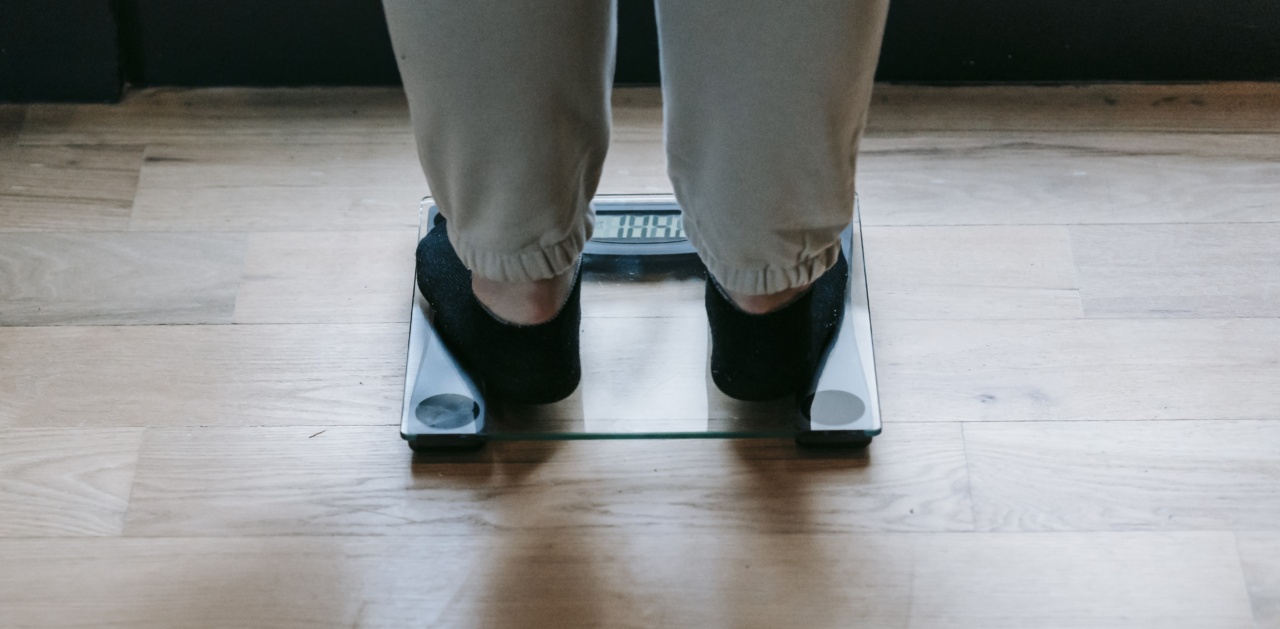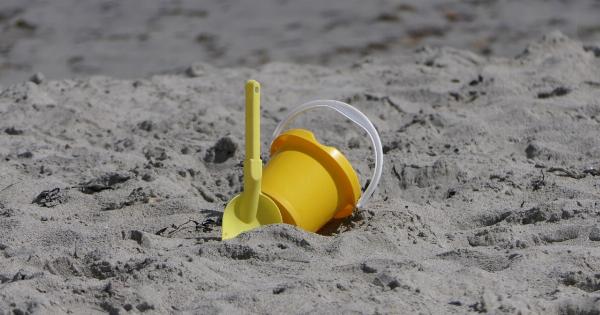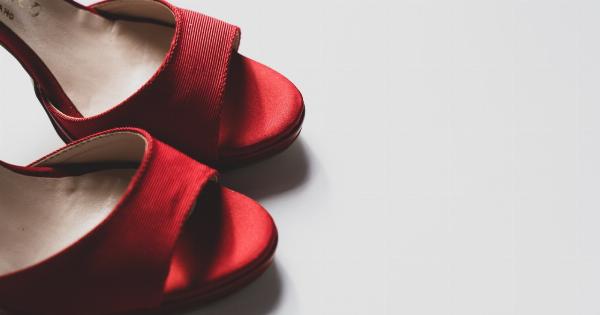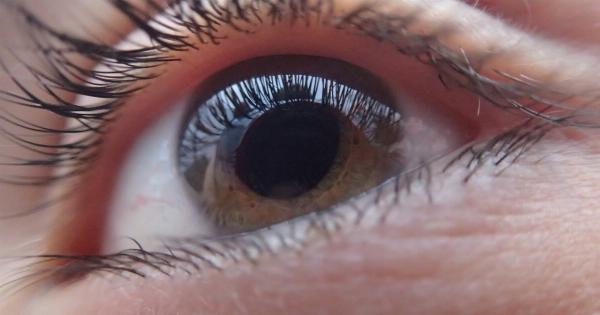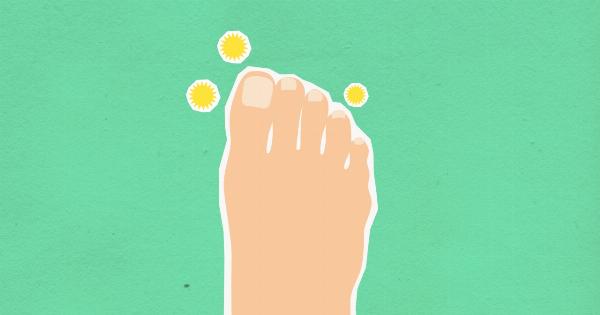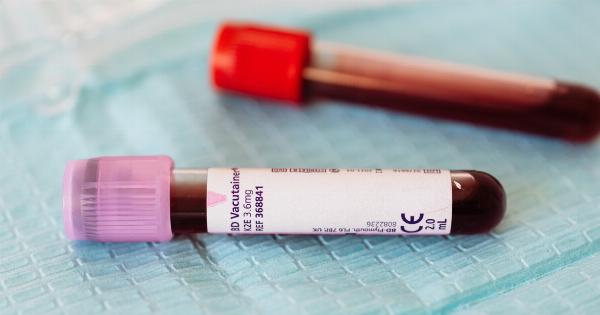Diabetes is a chronic condition that affects blood sugar levels in the body. It is a disease that has a significant impact on various parts of the body, including the feet.
Foot problems are common in people with diabetes, and if left untreated, they can cause serious complications, leading to amputation in some cases. Here are some of the foot problems that can occur in people with diabetes and how to prevent them:.
Diabetic Neuropathy
In people with diabetes, high blood sugar levels can damage the nerves that control the feet and legs. This condition is known as diabetic neuropathy. Symptoms of diabetic neuropathy include:.
- Numbness or tingling in the feet or legs
- Burning or shooting pain in the feet or legs
- Loss of balance or coordination
- Muscle weakness
- Difficulty walking or standing for long periods of time
To prevent diabetic neuropathy, it is important to maintain good blood sugar control through diet, exercise, and medication. Regular foot exams with a healthcare provider are also important to detect any changes in the feet early on.
Diabetic Foot Ulcers
Diabetic foot ulcers are open sores that develop on the feet of people with diabetes. They are typically slow to heal and can become infected, leading to serious complications.
Diabetic foot ulcers are caused by a combination of factors, including poor circulation, nerve damage, and trauma to the feet. Symptoms of diabetic foot ulcers include:.
- Redness or swelling around the ulcer
- Foul odor coming from the ulcer
- Pain or tenderness around the ulcer
- Pus or drainage coming from the ulcer
To prevent diabetic foot ulcers, it is important to wear properly fitting shoes and to check the feet daily for any signs of changes. Regular foot exams with a healthcare provider are also important to detect any changes in the feet early on.
Peripheral Artery Disease (PAD)
Peripheral artery disease (PAD) is a condition that affects the blood vessels that supply the legs and feet. In people with diabetes, PAD is often caused by a buildup of plaque in the arteries, which can lead to reduced blood flow to the feet.
Symptoms of PAD include:.
- Pain or cramping in the legs or feet
- Poor wound healing in the legs or feet
- Coolness or pale color in the legs or feet
- Numbness or tingling in the legs or feet
To prevent PAD, it is important to maintain good blood sugar control through diet, exercise, and medication. Regular foot exams with a healthcare provider are also important to detect any changes in the feet early on.
Corns and Calluses
Corns and calluses are thickened areas of skin that develop on the feet in response to pressure or friction. They can be particularly troublesome for people with diabetes, as they can lead to ulcers or infections. Symptoms of corns and calluses include:.
- Hard, raised areas of skin on the feet
- Pain or tenderness at the site of the corn or callus
- Cracked or dry skin around the corn or callus
To prevent corns and calluses, it is important to wear properly fitting shoes and to avoid walking barefoot. Regular foot exams with a healthcare provider are also important to detect any changes in the feet early on.
Ingrown Toenails
Ingrown toenails occur when the corner or side of a toenail grows into the surrounding skin. This can be particularly problematic for people with diabetes, as it can lead to infections or other complications. Symptoms of ingrown toenails include:.
- Pain or tenderness at the site of the ingrown toenail
- Redness or swelling around the toenail
- Pus or drainage coming from the toenail
To prevent ingrown toenails, it is important to trim toenails straight across and to wear properly fitting shoes. Regular foot exams with a healthcare provider are also important to detect any changes in the feet early on.
Bunions
Bunions are bony bumps that develop on the joint at the base of the big toe. They can be particularly problematic for people with diabetes, as they can lead to ulcers or infections. Symptoms of bunions include:.
- Bony bump on the joint at the base of the big toe
- Pain or tenderness at the site of the bunion
- Redness or swelling around the bunion
To prevent bunions, it is important to wear properly fitting shoes and to avoid high heels. Regular foot exams with a healthcare provider are also important to detect any changes in the feet early on.
Hammertoes
Hammertoes are a deformity of the toe that causes it to bend downward at the middle joint. They can be particularly problematic for people with diabetes, as they can lead to ulcers or infections. Symptoms of hammertoes include:.
- Bent, curled toes
- Pain or tenderness at the site of the hammertoe
- Corns or calluses at the site of the hammertoe
To prevent hammertoes, it is important to wear properly fitting shoes and to avoid high heels. Regular foot exams with a healthcare provider are also important to detect any changes in the feet early on.
Plantar Warts
Plantar warts are small growths that develop on the bottom of the feet. They can be particularly problematic for people with diabetes, as they can lead to ulcers or infections. Symptoms of plantar warts include:.
- Small, fleshy growths on the bottom of the feet
- Pain or tenderness at the site of the plantar wart
- Black pinpoints on the surface of the plantar wart
To prevent plantar warts, it is important to wear sandals or other footwear in public pools and locker rooms. Regular foot exams with a healthcare provider are also important to detect any changes in the feet early on.
Fungal Infections
Fungal infections are a common problem in people with diabetes. They typically occur in warm, moist areas of the body, such as the feet. Symptoms of fungal infections include:.
- Redness or itching between the toes
- Blisters or peeling skin on the feet
- Foul odor coming from the feet
To prevent fungal infections, it is important to keep the feet clean and dry. Regular foot exams with a healthcare provider are also important to detect any changes in the feet early on.
Conclusion
Foot problems are a common complication of diabetes, but they can be prevented with proper care and management.
Regular foot exams with a healthcare provider are an important part of diabetes management, as they can help detect any changes in the feet early on. By taking good care of your feet, you can reduce your risk of serious complications, such as ulcers and amputations.
